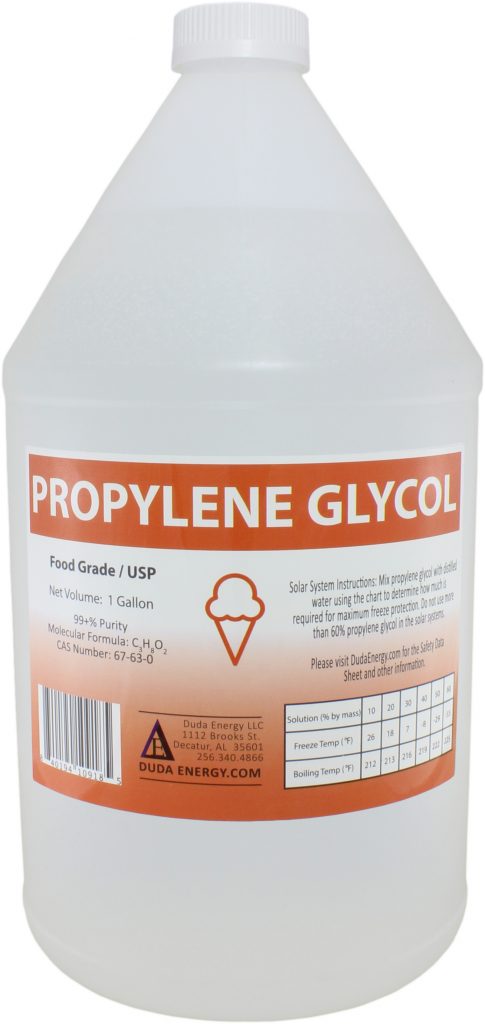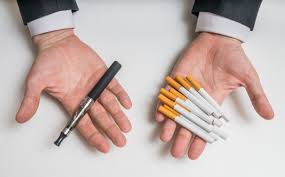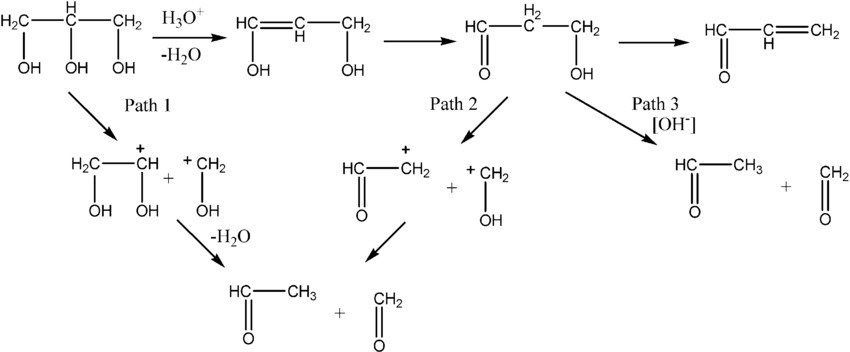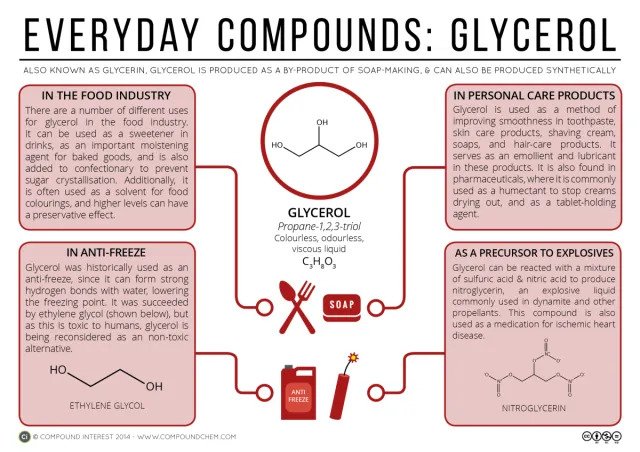In the cartridge vaping world for both THC-based and nicotine-based vapes, two chemicals have risen to lead the controversy over vape ingredients. Vegetable Glycerin (VG) and Propylene Glycol (PG) are still commonly used ingredients in many products. But what are the effects of vaping these two additives, and how can we nail down conclusive research?
The bottom line is that we simply don’t know that much yet. But we will post the latest findings and readers can draw their own.

What are Vegetable Glycerin and Propylene Glycol?
Both of these chemical agents are widely used in many industries. Both of them are composed of the atoms carbon, oxygen, and hydrogen. Both of them are common components of “e-liquids,” used as a carrier to inhale the payload (nicotine / THC / etc.) and for their vapor-producing properties.
Both are classified by the U.S. Food and Drug Administration (FDA) as generally recognized as safe (GRAS). HOWEVER, that applies to uses in food, cosmetics, medicines, etc. There is relatively little research on their effects when vaporized and inhaled. Water is “generally recognized as safe” too, but you don’t want it in your lungs.
(spoilers: get used to that word “however,” it comes up a lot in this topic)
Take note, this is NOT about other harmful fillers like the notorious vitamin E acetate and other cutting agents which have led to vaping-related lung injuries. Nor is this about terpenes, relatively harmless organic compounds found in most plants. This is just about the two additives vegetable glycerin and propylene glycol.

Safety research is inconclusive either way
One problem we run into in researching additive safety is context, because most media outlets refuse to differentiate between “electronic cigarettes” and vaping literally anything else, including CBD, live cannabis resin, and delta 8.
Another problem is that the media and medical establishment often report on this issue in the context of comparing “e-cigarettes” to smoking actual cigarettes. Since the media has spent decades dramatizing the dangers of smoking to the point where one would assume that “people who don’t smoke will never die,” reporters are reluctant to say that vapes have harm factors as well.
Cancer Prevention Research published a 2019 study: “Vaping propylene glycol and vegetable glycerine may lead to lung inflammation.” The conclusion was that people who vaped had higher concentrations of chemicals associated with lung inflammation. HOWEVER, the study itself concedes that this was a small and inconclusive test.
Journal of Clinical Investigation published a 2019 study: “PG/VG in ecigs tied to lung damage in well-done experiment.” HOWEVER, that study was only done on mice. Again, inhaling VG/PG vapor was tied to damaged chemistry of the lungs, but not significant.
For an argument from the other side, this study of Public Health Consequences of E-Cigarettes finds PG, VG, and vaping ingredients in general to be “practically non-toxic.” HOWEVER, the study only concerns exposure “orally or intravenously” and “from dietary or occupational exposures.” There is very little information on the health effects of vaping.
You can of course find several articles studying the safety of VG from the vendor’s perspective. This Canadian vaping source settles the matter at “The chemical was flagged as a low human health priority.” HOWEVER, that site is geared more towards helping smokers quit smoking by turning to vapes instead.

Vaping these agents produces chemical byproducts
For an example of how the rules change when temperature changes occur, tests have detected that vaporizing any common vaping agent produced acetaldehyde, formaldehyde, and acrolein in measurable amounts. Polyethylene glycol (PEG) produced the most, followed by propylene glycol (PG), with vegetable glycerin (VG) and medium chain triglycerides (MCT) producing the least.
However, all of the above were only found in trace amounts and, again, are only noted as potentially harmful in these amounts, but not assumed harmful in this context. For comparison, you encounter aceteldehyde every time you take a bite of ripe fruit, and inhale acrolein every time you fry bacon.
Formaldehyde is the only ringer, as a known carcinogen, but only in large amounts. For comparison, formaldehyde is a frequently used food preservative, and is also produced naturally by the human body itself.

Other uses of Vegetable Glycerin and Propylene Glycol
Vegetable glycerin (VG) commonly goes by the name of Glycerol, and sometimes is modified to Glycerin. Glycerol and propylene glycol have traditionally been used as:
-
- a food additive – as a solvent, sweetener, and preservative
-
- first aid and medicine – as an mildly antimicrobial and antiviral agent
-
- personal lubricants – for its topical properties
-
- antifreeze – it disrupts the formation of ice crystals
-
- chemistry – for one thing, glycerol is a component of nitroglycerin
-
- other industry – vibration damping, water effects, fog machines, diesel fuel component
While none of this is that helpful to tell us anything about vaping, it does makes the argument that we’ve been using vegetable glycerin and propylene glycol for years in a number of industries and so far nobody’s dropping dead (except for when you add nitrogen to make nitroglycerin!).
For just one example, the commercial personal lubricant K-Y Jelly contains both glycerin and propylene glycol. K-Y Jelly was first introduced in the year 1904, so it’s been in use for over 100 years. Now when you consider all the people who have used it worldwide and all the orifices that have come in contact with it, with no ill effects being reported, that makes a strong case for lox toxicity. HOWEVER: Nobody has been going around vaping K-Y Jelly.

Final conclusion?
We of course want to stay as safe as possible. There are extracts and distillates as alternatives if you want to go completely VG / PG free. But let’s face it: At some level, you are heating an element and inhaling it with your lungs, something nature didn’t design us to do all day. There’s bound to be problems with something somewhere.
At the same time, studying the health effects of literally anything is never straightforward. Too much of anything will kill you, including nicotine (60 mg), caffeine (10 g), and drinking water, which is why we have sports drinks with electrolytes.
We will monitor this topic and update this post as more results come in. We are still at the dawn of vaping, so we may have to wait a generation or two before we find out. Look how long it took us to figure out smoking.










I’ve started using CBD gummies, and they’ve made a noticeable dissimilarity in my routine. They’re gentle to abuse, disposition great, and accommodate a severe distance to comprise CBD into my day. I’ve found they workers me ease and improve my nap after a protracted light of day, which has been a gargantuan benefit. The in concordance CBD dosage in each gummy is a socking increased by for managing intake. If you’re in view of CBD, gummies are an other than choice to start with—fitting bring about sure you decide a trustworthy name brand on the side of the subdue results!